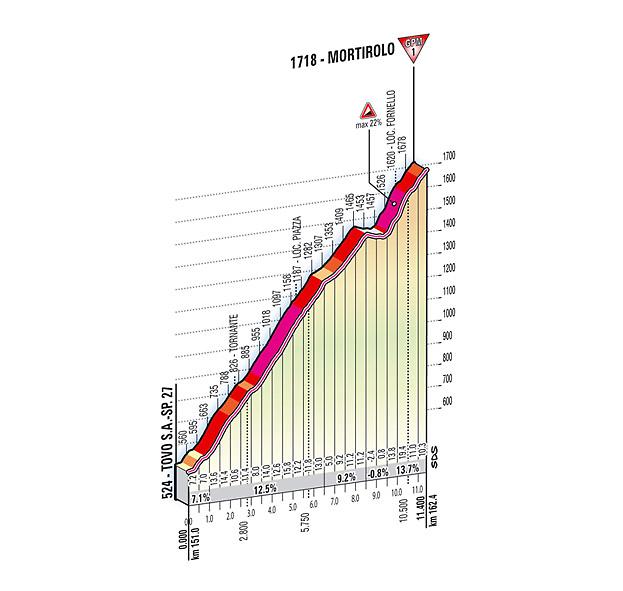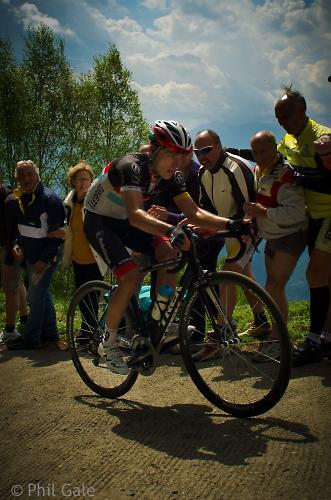- News
- Reviews
- Bikes
- Accessories
- Accessories - misc
- Computer mounts
- Bags
- Bar ends
- Bike bags & cases
- Bottle cages
- Bottles
- Cameras
- Car racks
- Child seats
- Computers
- Glasses
- GPS units
- Helmets
- Lights - front
- Lights - rear
- Lights - sets
- Locks
- Mirrors
- Mudguards
- Racks
- Pumps & CO2 inflators
- Puncture kits
- Reflectives
- Smart watches
- Stands and racks
- Trailers
- Clothing
- Components
- Bar tape & grips
- Bottom brackets
- Brake & gear cables
- Brake & STI levers
- Brake pads & spares
- Brakes
- Cassettes & freewheels
- Chains
- Chainsets & chainrings
- Derailleurs - front
- Derailleurs - rear
- Forks
- Gear levers & shifters
- Groupsets
- Handlebars & extensions
- Headsets
- Hubs
- Inner tubes
- Pedals
- Quick releases & skewers
- Saddles
- Seatposts
- Stems
- Wheels
- Tyres
- Health, fitness and nutrition
- Tools and workshop
- Miscellaneous
- Cross country mountain bikes
- Tubeless valves
- Buyers Guides
- Features
- Forum
- Recommends
- Podcast
OPINION
A tale of two Mortirolos: the legendarily hard original… and the savage new version

We are all cyclists and we all know how the slightest mention of certain mythical climbs becomes a mark of one's worth. Like a game of top trumps, the statistics of each major mountain pass are reeled off, with the bragging rights of who has conquered each. The Passo di Mortirolo is one of the most brutal climbs, period. There is little use in being subtle about such a tough climb. Lance Armstrong reputedly said it was the “hardest climb” he had ever done. Having been used a few times in the Giro the Mortirolo is something of a memorial to the late climbing legend Marco Pantani, and there is a statue in his memory near the top.
Stage 20 of the 2012 Giro was a special one where the fans chose the route. Through social media the organisers of the Giro asked people which climbs they wanted to be in the 2012 Queen Stage. The Stelvio was chosen because it is the Chima Coppi, highest summit, but there was no climb more fitting to be chosen by the tifosi for their fan’s stage than the Mortirolo. Though what many people overlooked, due to the sheer alititude of the Passo Stelvio being included in this iconic stage, was that the Mortirolo climb which this year’s Giro dragged its tired and weary self over was a newer and even tougher one than the version normally used in the race.
The “traditional” and more well-known Passo di Mortirolo starts from the small village of Mazzo d’Valtellina. Situated in the Sondrio valley between Terano and Bormio, the climb is the equivalent of taking the elevator up the valley side. The stats say enough; 12.4 kilometres in length, climbing 1300 metres with an average percentage of 10.5% maxing out at 18% is enough to make any cyclist’s legs scream. Due to the logistics of including the Passo Stelvio as the finish to this monumental stage, it was impossible to climb the full Mortirolo and Stelvio back to back. What RCS Sport’s solution (the organiser of the Giro) was to pave a farm road which was next to the “Pantani” version of the Mortirolo.

This new Mortirolo is a beast and even harder than the leg snapping Pantani route. It starts in the village of Tovo di Sant’Agata, passing the local cemetery in its first kilometres. The rough wooden sign marking the route harks back to the days when this was no more than a farm track. As with the Pantani Mortirolo it comes out of the corner fists flying, hitting you straight into the average 10% grade. With 38 hairpins, though luckily not marked, you can slowly count your way up the climb, that is, if you have the mental clarity to do so. Of the total 11.4 kilometres of climbing, which has the same average percentage of the Pantani Mortirolo (10.5%) the first 6 kilometres are solidly at 10 to 12%. As I dragged myself up the climb, with 4 kilos of camera gear on my back my Garmin did not ever go below double figures for the percentage. It is only when you pass those first 6 kilometres that you hit what feels to be flat sections of 8%.
The new Mortirolo snakes its way through thick pine trees, keeping the sun off of you, but disorientating you, making the steeper pitches, which continually hit you, come as a surprise. The real killer of the new Mortirolo comes at 8.5 kilometres up. As you feel you are reaching the summit and the trees thin out there is a brief kilometre where you descend. This is nothing but a sucker punch, allowing your legs to relax to then be hit by the hardest section of the climb.

Oliver Zaugg hits the final two kilometres of the new Mortirolo route
It is in the final 2 kilometres that the new Mortirolo really goes for the kill. Going from a relaxing -0.8% for a kilometre into an average of 13.7% for the final 2 kilometres. Trying to find your climbing rhythm again is tough; trying to find it after you have switched from the smooth new tarmac of the lower slopes to the now rough, rutted concrete surface with drainage gullies crossing its surface is almost impossible. The 13.7% average gradient hides the sections of 20, 22 and even 23% on this tiring surface.
Just watch the final two kilometres of the climb from this years Giro. Oliver Zaugg is in the lead and almost comes to a standstill when he hits this section, everyone finding their hurt locker to hide in, focusing on each pedal stroke, which gets them a little closer to the summit. Even the cars were struggling to get up the climb, the acrid smell of burning clutches pouring forth for the riders to inhale.
The new Mortirolo junctions with the Pantani Mortirolo at turn 7. For those wishing to bag the true summit there is more climbing to be done. For those wishing to either ride on, as the Giro did, or head home to find a dark room to sit in then there is a very technical descent as a reward.
So now when you talk about the Passo di Mortirolo you need to clarify which, the tough (Pantani) version or the killer new one!
Stats: Mortirolo (Pantani) starting – Mazzo di Valtenllina to summit.
• Length – 12.4 kilometre
• Height gain – 1300 metres
• Average gradient – 10.5%
• Maximum gradient – 18%
Stats: Mortirolo (new) starting – Tovo di Sant’Agata (to junction with Pantani version, Giro route).
• Length – 11.4 kilometres
• Height gain – 1203 metres
• Average gradient – 10.5%
• Maximum gradient – 23%
More Opinion
Latest Comments
- mark1a 1 sec ago
Up to you of course, but I think I'd base buying decisions for wheels on a bit more research than "what somebody on Facebook said."
- David9694 7 min 8 sec ago
Colchester speed bumps installed 'too high' by council...
- Steve K 54 min 26 sec ago
Sorry, but Rendel is right. Please don't use such offensive terms. As you say, it's not 1980, when maybe we were a little less aware of prejudice...
- andystow 7 hours 23 min ago
I've been using Power Grips for over five years now. They're great.
- David9694 8 hours 32 min ago
driverless, car-less......
- dh700 8 hours 35 min ago
I already mentioned the strategies that work, which are reductions of motor vehicle usage and lawlessness. For example, Sweden's population has...
- eburtthebike 11 hours 49 min ago
It wouldn't matter if it was made last week in China out of plastic: it's still a good enough reason to deny cyclists safer roads.
- Smoggysteve 16 hours 22 min ago
That's a possibility. But if that were the case, it wouldn't explain how I still get it on Zwift where Garmin wasn't even in play. The power from...
- bikeman01 16 hours 58 min ago
They should bring back dog tax, sorry dog licences. That would fix everything, [sic].
- BikingBud 17 hours 51 min ago
Aren't 4*4 supposed to go off road?


Add new comment
2 comments
Another reason why the Giro is a better Grand Tour than the Tour.
the old still looks tougher. an extra km whilst maintaining the average gradient.